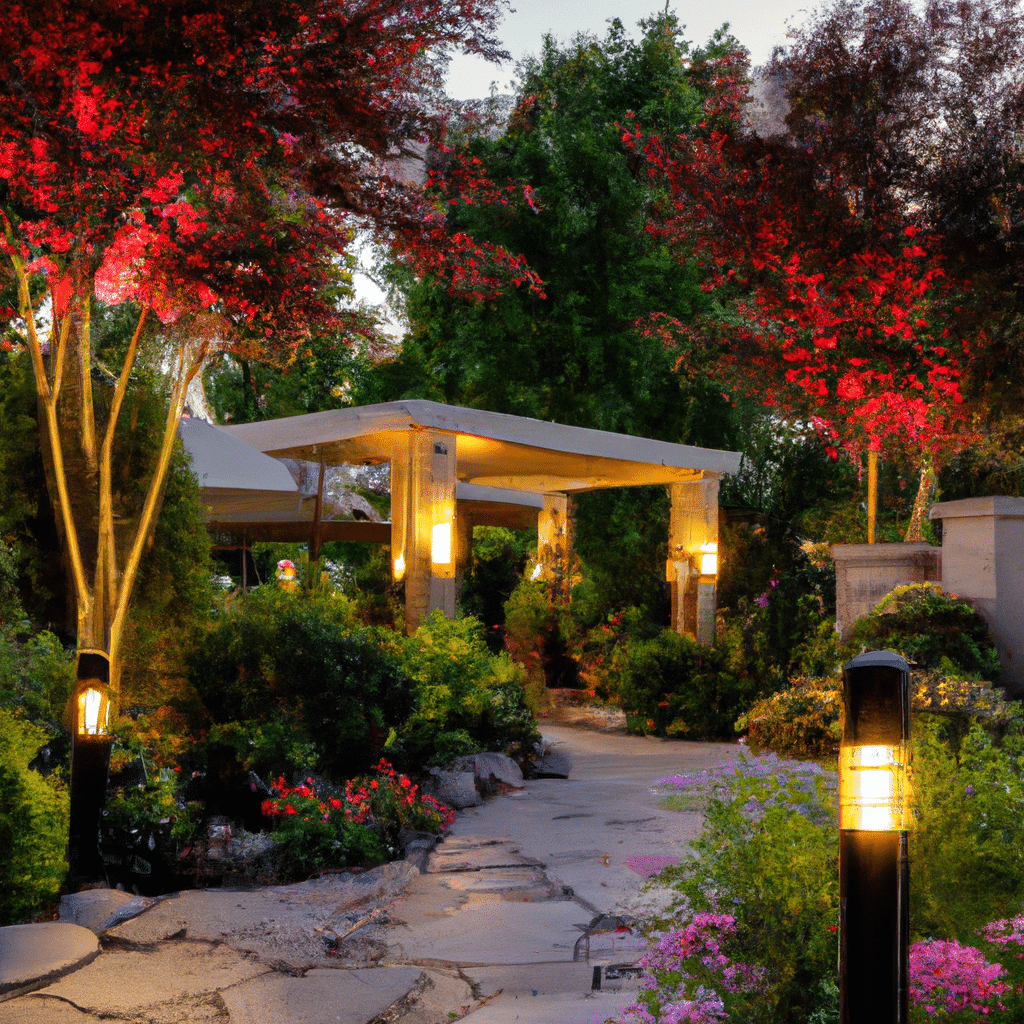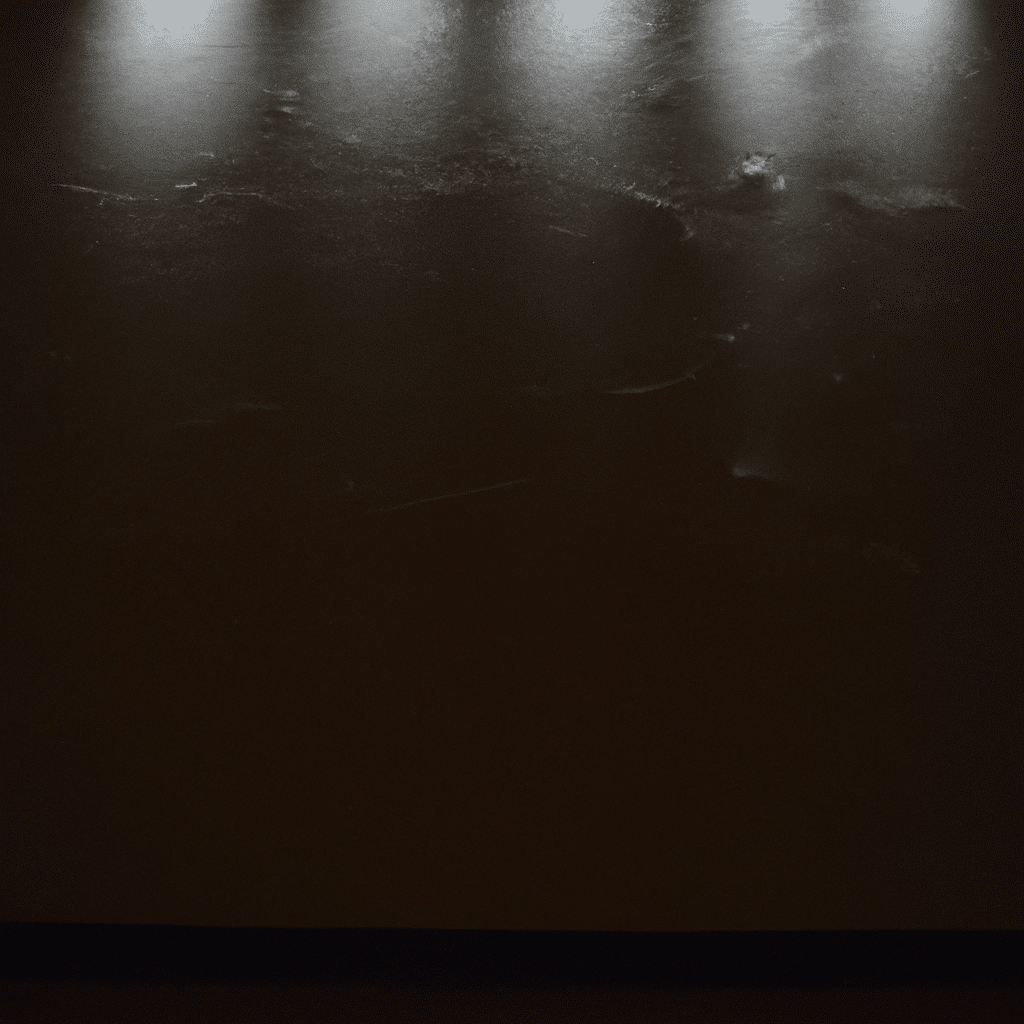
Welcome to our comprehensive guide on transforming your space with stunning lighting design. Lighting plays a crucial role in enhancing the ambiance and functionality of any space. Whether you’re revamping your home, office, or outdoor area, the right lighting design can make a significant impact.
In this article, we will delve into the world of lighting design, exploring various techniques, tips, and ideas to help you create a captivating and functional environment. From understanding the different types of lighting to incorporating innovative technologies, we’ve got you covered. Let’s dive in!
Understanding the Importance of Lighting Design
Lighting design is not just about illuminating a space; it’s about creating an atmosphere, setting a mood, and enhancing the overall aesthetics. Properly designed lighting can transform a dull and uninspiring space into a stunning and inviting one.
When planning your lighting design, it’s essential to consider the functionality of the space. Are you looking to create a cozy and intimate atmosphere in your living room? Or perhaps you need bright and focused lighting for your home office? Understanding your specific needs and goals will guide you in making the right lighting choices.
Exploring Different Types of Lighting
- Ambient Lighting: Also known as general lighting, ambient lighting provides overall illumination to a space. It ensures that there are no dark corners and sets the foundation for your lighting design. Common sources of ambient lighting include chandeliers, pendant lights, and recessed ceiling lights.
- Task Lighting: Task lighting focuses on providing targeted illumination for specific activities or tasks. It is commonly used in areas such as kitchens, home offices, and reading nooks. Desk lamps, under-cabinet lights, and track lighting are popular choices for task lighting.
- Accent Lighting: Accent lighting is used to highlight specific features or objects in a space, such as artwork, architectural elements, or sculptures. It adds depth and visual interest to the overall design. Track lights, wall sconces, and picture lights are commonly used as accent lighting.
- Natural Lighting: Incorporating natural light into your design can have a profound impact on the ambiance of a space. Large windows, skylights, and glass doors allow natural light to flood in, creating a vibrant and inviting atmosphere.
Embracing Innovative Lighting Technologies
In today’s digital age, lighting technologies have advanced significantly, offering a wide range of options to elevate your space. Let’s explore some of the innovative lighting technologies you can incorporate into your design:
- LED Lighting: LED lights are energy-efficient, long-lasting, and versatile. They are available in various colors, allowing you to create dynamic lighting effects. LED strips, bulbs, and panels are popular choices for both residential and commercial spaces.
- Smart Lighting: With the advent of smart home technology, you can now control your lighting with ease. Smart lighting systems allow you to adjust brightness, color, and even create customized lighting schedules through smartphone apps or voice commands. This level of control adds convenience and flexibility to your lighting design.
- Color-Changing Lights: Adding color-changing lights to your design can instantly transform the ambiance of a space. Whether you want to create a relaxing atmosphere with soft blues or set a vibrant mood with bold reds, color-changing lights provide endless possibilities.
Incorporating Lighting Design Ideas for Different Spaces
Now that you have a good understanding of the different types of lighting and innovative technologies, let’s explore some specific lighting design ideas for different spaces:
1. Residential Spaces
- Living Room: Create a warm and cozy atmosphere by combining ambient lighting with accent lighting. Use table lamps, floor lamps, and wall sconces to add layers of light and highlight focal points.
- Kitchen: Incorporate task lighting under cabinets and above workstations to ensure proper visibility while cooking. Pendant lights above the kitchen island can serve as both functional and decorative lighting.
- Bedroom: Opt for soft and soothing lighting in the bedroom to promote relaxation. Install dimmable lights and bedside reading lamps for added convenience.
2. Office Spaces
- Home Office: Ensure ample task lighting for productivity. Position desk lamps or adjustable overhead lights to minimize glare and shadows on your workspace.
- Conference Room: Use a combination of ambient and task lighting to create a professional and well-lit environment. Consider installing dimmers to adjust the lighting according to the meeting’s needs.
3. Outdoor Spaces
- Patio: Install string lights or outdoor lanterns to create an enchanting atmosphere for outdoor gatherings. Incorporate pathway lighting to ensure safety and highlight landscaping features.
- Garden: Use uplighting to showcase trees, shrubs, and architectural elements within your garden. This creates a dramatic effect and extends the enjoyment of your outdoor space into the evening hours.
Conclusion
Lighting design is a powerful tool that can transform any space into a visually stunning and functional environment. By understanding the importance of different types of lighting, embracing innovative technologies, and incorporating specific design ideas for different spaces, you can create an ambiance that truly illuminates your style and enhances your daily experiences.
Remember to consider the specific needs and goals of each space while also taking advantage of the countless possibilities offered by modern lighting design. So, go ahead, light up the night, and let your space shine like never before!



